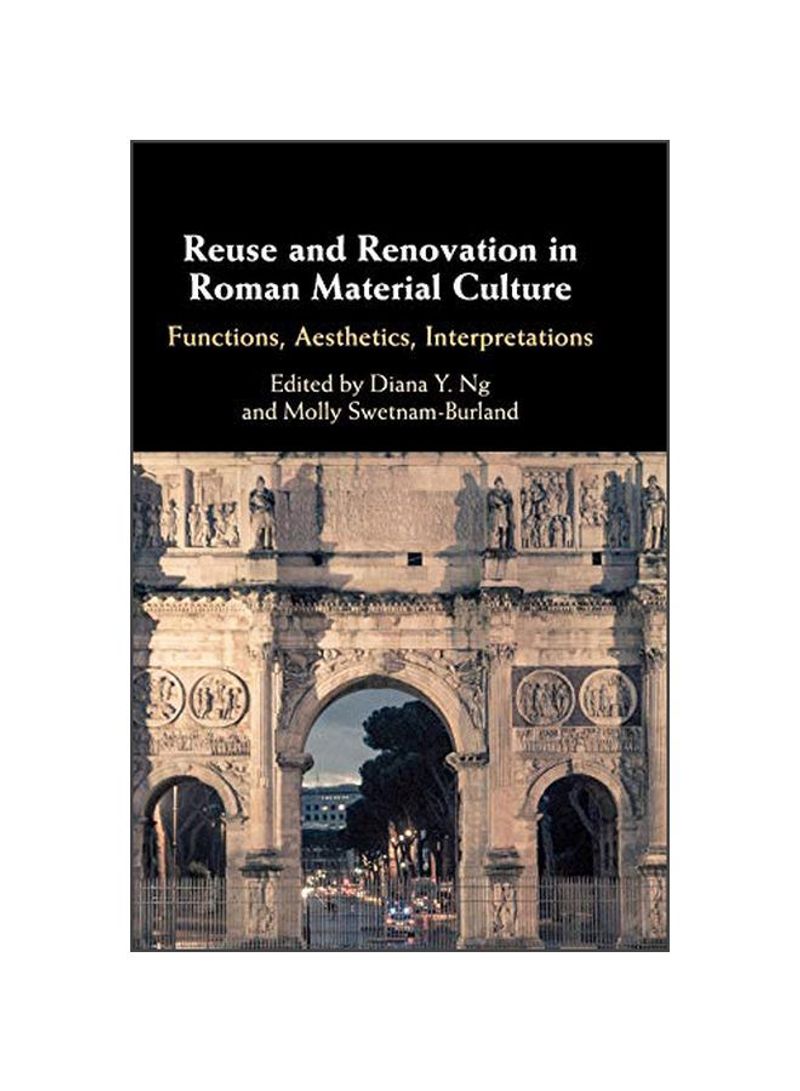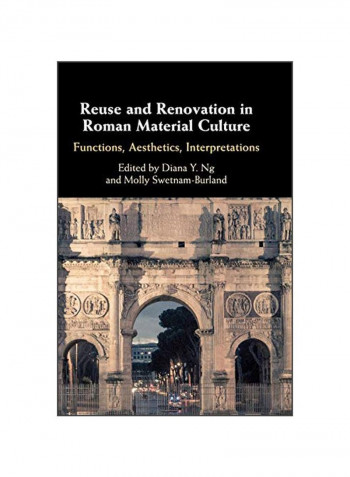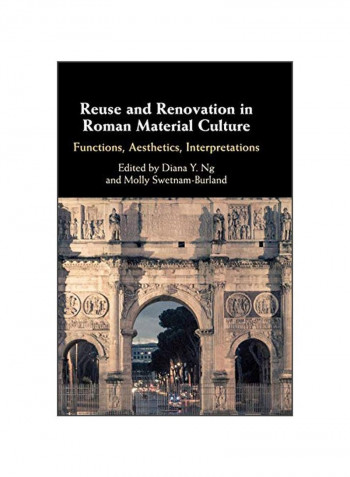Reuse And Renovation In Roman Material Culture Hardcover
Recommend
Sort by
Rating
Date
Specifications
Author 1
Ng, Diana Y.
Book Description
This book explores the spoliation of architectural and sculptural materials during the Roman empire. Examining a wide range of materials, including imperial portraits, statues associated with master craftsmen, architectural moldings and fixtures, tombs and sarcophagi, arches and gateways, it demonstrates that secondary intervention was common well before Late Antiquity, in fact, centuries earlier than has been previously acknowledged. The essays in this volume, written by a team of international experts, collectively argue that reuse was a natural feature of human manipulation of the physical environment, rather than a sign of social pressure. Reuse often reflected appreciation for the function, form, and design of the material culture of earlier eras. Political, social, religious, and economic factors also contributed to the practice. A comprehensive overview of spoliation and reuse, this volume examines the phenomenon in Rome and throughout the Mediterranean world.
ISBN-13
9781108473897
Language
English
Publisher
Cambridge University Press
Publication Date
22-Mar-19
Number of Pages
288
About the Author
Diana Y. Ng is Associate Professor of Art History, Department of Literature, Philosophy, and the Arts, University of Michigan, Dearborn. Her scholarship focuses on the public art and architecture of the Roman empire, especially in the Greek East. She has been published in the Journal of Roman Studies and Istanbuler Mitteilungen. Molly Swetnam-Burland is Associate Professor of Classical Studies at the College of William and Mary, Virginia, and is a scholar of Roman painting and sculpture. She is the author of Egypt in Italy: Visions of Egypt in Roman Imperial Culture (Cambridge, 2015).
Editor 1
Diana Y. Ng
Editor 2
Molly Swetnam-Burland
Editorial Review
This is the first book entirely dedicated to reuse and renovation in the Roman world; it is an invaluable contribution to the field and provides an important jumping off point for future studies." --Bryn Mawr Classical Review



